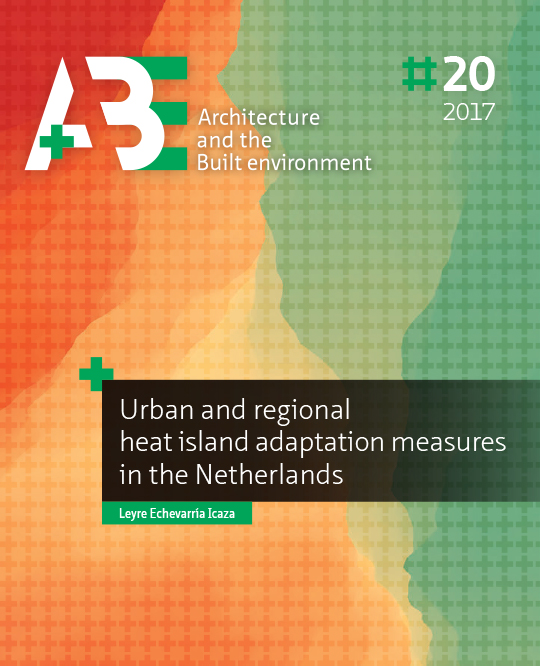Integrating urban heat assessment in urban plans
DOI:
https://doi.org/10.7480/abe.2017.20.3468Keywords:
mapping, urban planning, urban design, climate adaptation, urban heat, urban heat islandAbstract
The world is increasingly concerned with sustainability issues. Climate change is not the least of these concerns. The complexity of these issues is such that data and information management form an important means of making the right decisions. Nowadays, however, the sheer quantity of data is overwhelming; large quantities of data demand means of representation that are comprehensible and effective. The above dilemma poses questions as to how one incorporates unknown climatologic parameters, such as urban heat, in future urban planning processes, and how one ensures the proposals are specific enough to actually adapt cities to climate change and flexible enough to ensure the proposed measures are combinable and compatible with other urban planning priorities.
Conventional urban planning processes and mapping strategies are not adapted to this new environmental, technological and social context. In order come up with more appropriate urban planning strategies, in its first section this paper analyses the role of the urban planner, reviews the wide variety of parameters that are starting to be integrated into the urban planners practice, and considers the parameters (mainly land surface temperature, albedo, vegetation and imperviousness) and tools needed for the assessment of the UHI (satellite imagery and GIS). The second part of the study analyses the potential of four catalysing mapping categories to integrate urban heat into spatial planning processes: drift, layering, game-board, and rhizome.

